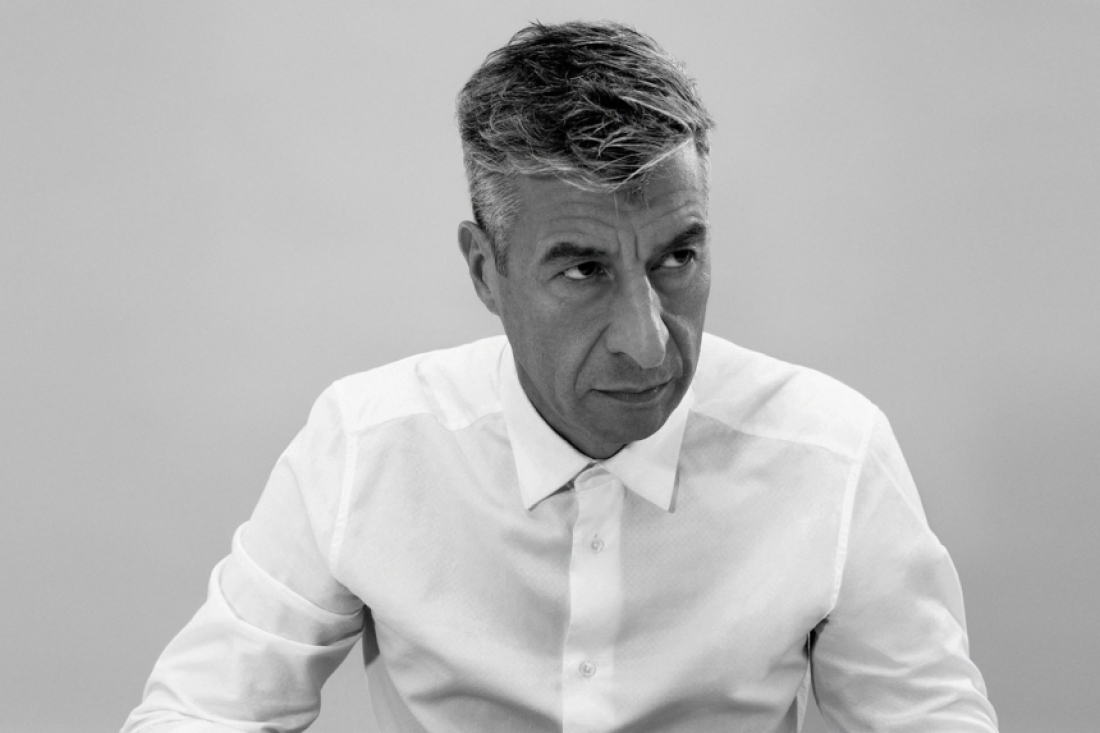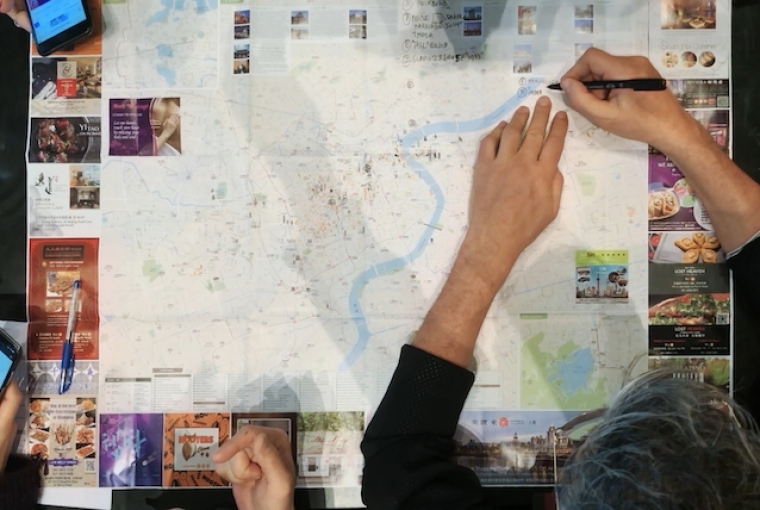

Gucci’s avant-garde creative director, Alessandro Michele, and Italian conceptual artist, Maurizio Cattelan, collaborate to present The Artist is Present—an art exhibit that questions and breaks down the concept of originality. We delve deep into this interesting work of art.
What inspired you to curate The Artist is Present? Following the idea that ‘the copy is the original’, what can you tell us about the exhibit?
We started from a very simple principle: none of us invents any- thing from scratch. Since the beginning of times, men used to copy from nature, then they used to copy from other men that copied someone or something else before. In the end the copy exists exactly in the same way the original does, and if it’s hard today to distinguish true from false, it’s even harder to tell what is original and what is its imitation: it’s all about what of the two you first encounter on your way.
What was the curatorial approach and the process you followed?
We looked for as many ways to copy as we were able to find, from the very literal ones to the most conceptual. I made a long list of the works that might be shown. The editing process is one of the most important parts in everyday life, as well in exhibitions: it was quite a long process, like working on a book, or a magazine. A single decision often opens to exciting developments you are not always able to foresee. The most difficult task is to turn down the superfluous: it’s a painful and accurate act at the same time. Then you try to mix all the works up in the best combination, as a receipt where you must carefully check that the right percentages are in the mixer, to avoid a flavour to prevail on the others and result in a good dish as a whole.
“Today, we can’t get a grasp on anything, and I find this extremely fascinating. From this point of view, Instagram images are often more real than real life, at least that is what people want to show about themselves.”
What role did the city of Shanghai play when conceptualising The Artist is Present?
The city and the Chinese antique culture of course was a great source of inspiration, especially the Buddhist concept of reincarnation. We grew up in a world where private property and authorship progressively lost their battles, in favour of a different conception of life based on the power of sharing: ideas, images, houses, and much more. In this brave new world, more and more people believe that to copy is the best way to express admiration, in a very similar way to the antique Buddhist’s thought.
Which aspects of Alessandro Michele’s sensibility were pivotal in establishing a connection between the two of you? Was there something particular in his vision that you found inspiring?
Alessandro is working hard on pushing the way we think about fashion a little further, and I’m thankful for that. I saw his last fashion show in Milan and I found his work very much similar to a curatorial approach. We talked a lot about the clones the models would carry with them, I believe that was one of the inspirational starting point for the show.
“Very good art should be able to give you an insight of the future, to foresee it: this kind of illuminating quality is the kind of shock I’m interested in.”

Art is design, it is music, it is fashion, it is poetry, it is films... the lines are blurring. What is your view on the arts of today?
It’s getting harder and harder to find works that succeed in letting you enter into habits of thinking other than your own, to provoke reflection. Very good art should be able to give you an insight of the future, to foresee it: this kind of illuminating quality is the kind of shock I’m interested in. It seems to me that we are lacking some boldness in the art world.
As an artist and a curator, how do you relate to the differences between reality and its representations? Does the relationship between reality and image change according to your role as an artist or as a curator?
The most interesting works and shows I have seen are those where you see an unfinished struggle, where you can glimpse a deep mystery, a secret. These kinds of mind- blowing encounters are more and more rare. I feel that in olden times the whole effort consisted in trying to identify reality; today, it’s just the opposite. Today, we can’t get a grasp on anything, and I find this extremely fascinating. From this point of view, Instagram images are often more real than real life, at least that is what people want to show about themselves.
The note on the exhibit states that ‘originality can be reached through the act of repetition’. Can you tell us more about your views on originality and present us with some examples of “original repetitions” in different disciplines?
I recently read a very old book by an anthropologist that questions the origin of the megalithic culture in the central area of India in a specific era: he affirms that is not clear whether this megalithic culture springs up from, as it was present during the prehistorical time in Europe and other areas, but not directly linked to that area of India. I’m not sure how accurate his information is, but what interests me is the answer to this question: if in two different places and times the same idea—to upright huge stones as a funeral and spiritual tribute—is adopted and carried on as part of one culture, can we affirm that one has cop- ied the other, or aren’t these ideas simply the witnesses that humanity is equal around the world, careless of any borders?
How would you deconstruct Gucci? Can you describe for us the diverse levels of meaning you think it incorporates?
An ancient Zen saying states: we use the clay to fabricate the vase, but in the end it’s its inner void that we need.
Text Shruti Kapur Malhotra